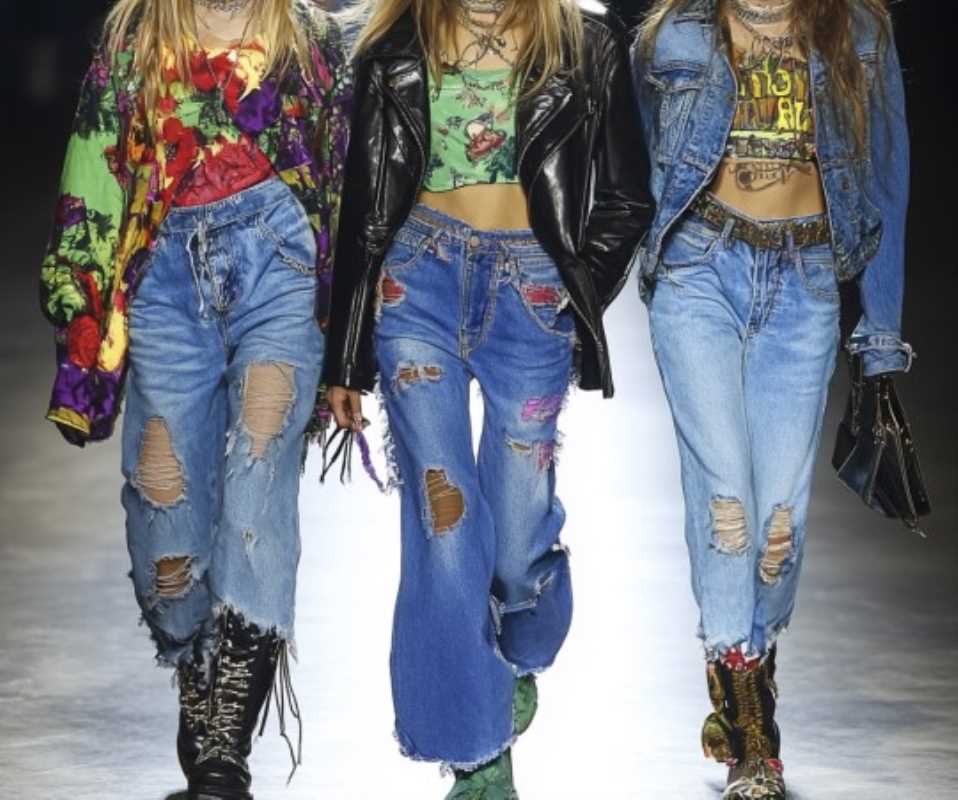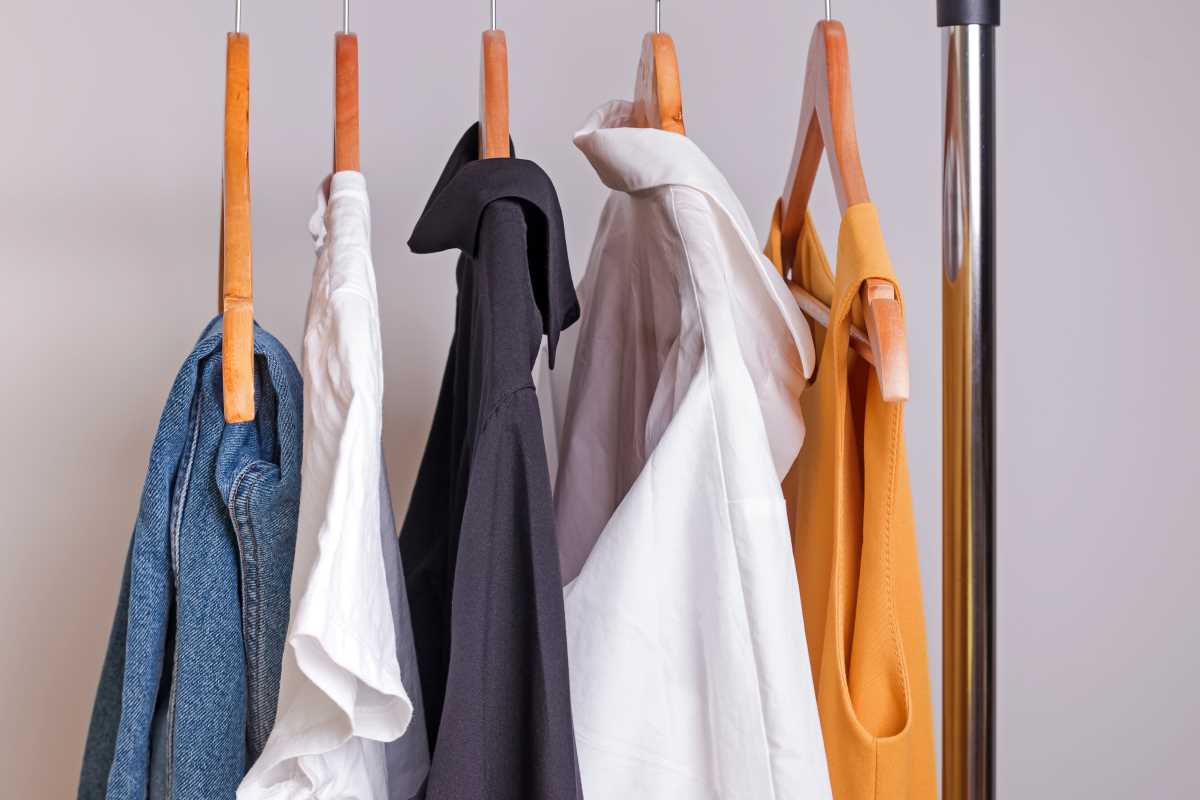The past decade in fashion has been a whirlwind of change, driven by cultural shifts, technological advancements, and a growing awareness of social and environmental issues. From runways to social media feeds, the trends that emerged during this time have not only shaped the way we dress but also altered the way we consume, perceive, and interact with fashion. Here’s a closer look at the key trends of the last ten years, their impact on the industry, and where they might be headed in the future.
The Rise of Sustainable Fashion
The growing focus on sustainability is one of the most defining shifts in the fashion industry over the last decade. As consumers became more eco-conscious, brands responded by reevaluating their production practices and materials. Terms like “slow fashion” and “circular economy” have entered the mainstream, with many companies prioritizing ethical sourcing, waste reduction, and transparency.
Key Drivers
- Increased media coverage of fast fashion's environmental impact sparked significant awareness. Documentaries like The True Cost highlighted the ethical concerns surrounding garment production.
- Social media platforms became a powerful tool for holding brands accountable, with hashtags like #WhoMadeMyClothes trending during campaigns such as Fashion Revolution Week.
Defining Styles and Materials
- The rise of thrifted and upcycled fashion empowered consumers to breathe new life into pre-loved clothing.
- Organic fibers, biodegradable fabrics, and alternative materials like mushroom leather and recycled polyester became staples for eco-conscious brands.
Future Outlook
Sustainability is no longer a niche—it’s becoming an expectation. Advances in tech, like AI-driven design and fabric innovations, promise more sustainable solutions. However, accessibility and affordability remain challenges as brands work to balance eco-consciousness with inclusivity.
The Influence of Social Media
The last decade has solidified social media's role as a fashion powerhouse. Platforms like Instagram, Pinterest, and TikTok didn't just reflect trends—they created them. The gap between high fashion and consumers has closed, thanks to influencers and micro-trends that spread at the speed of a double-tap.
Key Drivers
- Fashion bloggers and influencers became tastemakers, overshadowing traditional advertising as they curated personal, relatable content.
- Fast-paced content like TikTok's viral fashion challenges and Instagram's outfit-of-the-day posts made trends more accessible than ever.
Defining Styles
- Aesthetic-driven fashion categories, like "cottagecore," "dark academia," and "Y2K revival," spread widely thanks to visually themed social media posts.
- Social media also fueled the demand for “Instagram-worthy” outfits, leading to the rise of statement pieces like oversized blazers, quirky sunglasses, and bold accessories.
Future Outlook
With platforms like TikTok continuing to dominate, the lifespan of trends is likely to shorten further. However, this digital landscape also offers opportunities for hyper-personalization as algorithms refine their ability to predict and fulfill consumer fashion desires.
The Resurgence of Vintage and Retro Fashion
Nostalgia became a major influence on fashion this past decade, as vintage and retro styles surged in popularity. From ‘90s minimalism to ‘70s boho vibes, designers and consumers alike have drawn inspiration from the past.
Key Drivers
- Social media thrifting hauls and Depop resellers made vintage shopping trendy and accessible.
- TV shows like Stranger Things (with its ‘80s aesthetic) and Euphoria (featuring bold Y2K callback styles) set the tone for nostalgic dressing.
- Environmental concerns also played a role, as consumers turned to second-hand fashion to reduce waste.
Defining Styles
- Scrunchies, bucket hats, and combat boots marked the ‘90s and 2000s revival.
- Wide-leg jeans and prairie dresses reflected the return of earlier decades' styling.
- Band tees and leather jackets—notably influenced by Gen Z's love for grunge aesthetics—cemented rock-inspired looks.
Future Outlook
Our appetite for nostalgia is unlikely to fade, but future vintage-inspired trends may increasingly prioritize sustainability. Customization and mixing eras (e.g., combining Edwardian lace elements with ‘80s power suits) could emerge as a new form of creative self-expression.
Athleisure’s Dominance
The line between casual and activewear blurred significantly in the last decade, as comfort became a key aspect of modern dressing. The explosion of athleisure married functionality with fashion, allowing sneakers and leggings to transcend the gym.
Key Drivers
- A cultural shift toward health and wellness made “dressing the part” essential, even for non-athletes.
- Comfort dressing trend exploded during the COVID-19 pandemic, when remote work made casual wear the default.
Defining Styles
- Brands like Lululemon and Athleta led the charge with high-performance leggings, sports bras, and chic lounge sets.
- Designer collaborations, such as Stella McCartney for Adidas, elevated athleisure from practical to desirable.
- Oversized hoodies, biker shorts, and matching loungewear sets became street style staples.
Future Outlook
Athleisure is evolving to merge with other categories, like tech-infused clothing that monitors health metrics or workwear-inspired designs that retain comfort. Expect hybridized pieces like tailored joggers to dominate.
The Rise of Gender-Fluid Fashion
The boundaries of gendered clothing have broken down significantly over the past decade, as gender norms continued to be challenged in society and on the runway. Fluid fashion marked a step toward inclusivity, diversity, and personal expression.
Key Drivers
- Celebrities like Harry Styles and Billie Eilish have worn gender-defying pieces, challenging preconceived notions.
- Fashion labels like Gucci and Telfar introduced unisex collections, further normalizing genderless clothing.
- Social movements advocating for LGBTQ+ rights fueled inclusivity in fashion.
Defining Styles
- Blurring traditional silhouettes with oversized blazers, wide-legged pants, and utility jackets.
- Dresses, skirts, and makeup as celebrated staples in men's fashion.
- Neutral color palettes paired with simple, timeless designs.
Future Outlook
Gender-fluid fashion has moved beyond trend status—it’s becoming a core part of how fashion is designed and marketed. Expect more brands to adopt inclusive sizing, advertising, and designs that reflect this shift.
E-Commerce and Digital Fashion
Clicking "add to cart" has never been easier—or more stylish. The 2010s saw e-commerce upend traditional brick-and-mortar retail models, transforming the way we shop. The rise of digital fashion wasn't limited to online stores—it extended to groundbreaking tech like virtual runways and augmented reality (AR).
Key Drivers
- Retailers like ASOS and Zara normalized fast-turnaround online shopping with accessible styles at competitive prices.
- Digital fits, like gaming avatars or virtual sneakers sold by brands like Gucci, hint at the future of fashion consumption beyond reality.
Defining Innovations
- Virtual try-ons using AR apps minimized fit guesswork.
- High-tech “see-now, buy-now” runway shows allowed consumers to shop in real-time.
Future Outlook
Digital fashion is still in its infancy, with the metaverse opening the door for radical changes like wearable NFTs (non-fungible tokens) or entirely digital wardrobes. This will likely coincide with drops in platforms that blend gaming, fashion, and user-generated content.
The past decade in fashion reflects larger cultural, environmental, and technological movements. We’ve embraced sustainability, celebrated individuality, and engaged with technology in new and exciting ways. While no one can completely predict the future of fashion, one thing is clear—the industry will continue to evolve, driven by innovation, inclusivity, and a desire to connect with meaningful values.
As we enter this next chapter of style, the only true trend is change. And fashion, as always, will remain a mirror reflecting the spirit of the times.
 (Image source: Midjourney)
(Image source: Midjourney) 


.jpg)


